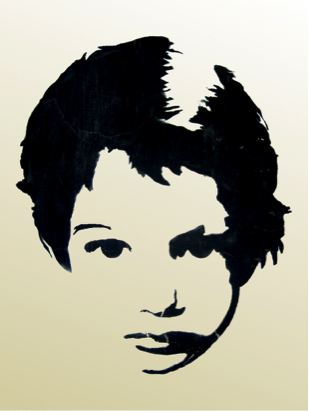
Guadalupe Astorga
When my younger brother was a child, he had a hard time following the teacher’s instructions at school. He was not intellectually incapable, but a restless and vivacious youngster. When the teachers found themselves unable to create any method to capture the interest and attention of this little creature, he was evaluated by a psychiatrist. The result was categorical—he was one of the unfortunate kids diagnosed with attention deficit hyperactivity disorder (ADHD). My mother had to choose between dealing with a lively child or having to medicate him with psychostimulants such as amphetamines. The risk behind these drugs is not only that they do not improve learning abilities or memory, but essentially that they cause strong addiction, psychosis, heart attacks, dysfunction of heart tissue, and even sudden death.
While brain disorders affect as many as one out of every five people, over-diagnosis boosts these numbers due to the lack of specific biological markers in the field, resulting in millions of people over-medicated with antipsychotics, psychostimulants, pain relievers, and tranquilizers.
Particularly alarming is the dramatic increase in antipsychotic prescriptions in children under eighteen, including infants between one and two years old. Stimulants like amphetamines are chronically prescribed to adults, children, and toddlers diagnosed with ADHD in order to improve their concentration capabilities. But, why obsess over a toddler’s concentration? Do they need to be under the effect of one of the most addictive and destructive drugs to receive love and adequate boundaries as they grow up?
For a kid that is constantly bombarded with excessive information, duties and activities, focusing is not trivial. When I was a child (and that now feels like a long time ago), children had tons of free time to play and socialize with other kids, to struggle with their homework, to develop their creativity by building new toys from old pieces of wood or cardboard, and to think about the failures and victories in their hitherto short lives. Nowadays, modern society has brought technology deeply into our intimate spaces, even those of children. Surrounded by tons of electronic devices, video games, and TV shows, kids no longer struggle to create their own entertainment, they are constantly bombarded with more information than they can assimilate, and they don’t have time to get bored. If we also consider that couples are having babies at older ages, often helped by fertility treatments, the scene looks very scary, with kids being a precious trophy that must be protected at any price. This is a well-known psychosocial phenomenon known as “helicopter parents”, middle class couples that behave in an over-protective way, hovering above their kids at every moment, making them insecure, anxious, highly dependent and depressed.
We should ask ourselves as a society, as a health care and educational community, whether this form of parenting is responsible for the high levels of anxiety, depression and attention deficits shown by our children. How can we justify giving psychostimulant medication, such as Adderall or Ritalin, to toddlers? These drugs will not increase their learning capabilities, nor their memory capacities. Isn’t this a case where the remedy is worse than the disease?
Before prescribing a stimulant drug to a toddler or a child, we must be aware of their psychosocial environment and ask ourselves whether chronic medication is going to make their lives better.
